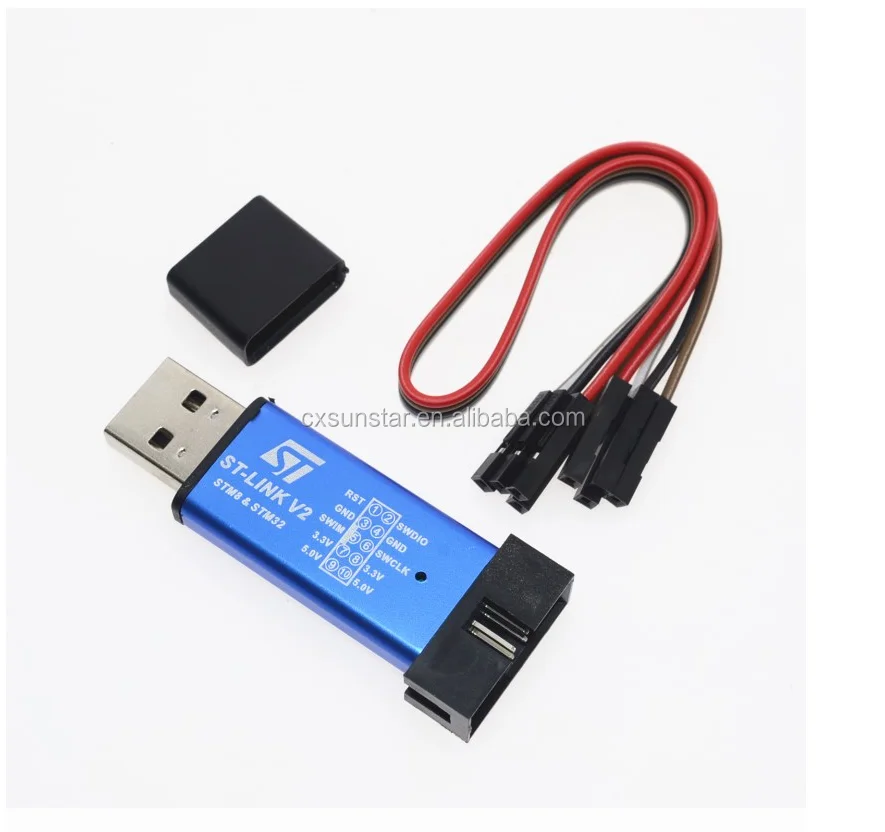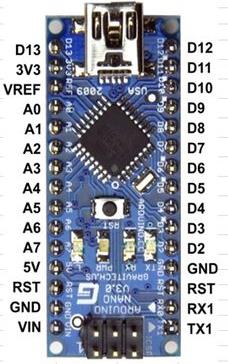
Legacy Device Driver Setup: PEAK-System installation package for 32-bit Non-Plug-and-Play Windows ® drivers for PCAN-PC/104, PCAN-ISA, and PCAN-Dongle (parallel port) as well as a 32/64-bit Plug-and-Play Windows ® driver for PCAN-PC Card. Device Driver for RS-232 (PCAN-USB Hub). USB Flight Simulator Adapter. USB Flight Simulator Interface. Trainer Cord Type 2 (1/8 Jack) 58321. Din Jack Adapter use for Type 1 to Type 2. Trainer Cord Type 1 One Way.
Using a kmodel USB simulator with Windows 10 There is a growing number of people using the 10 in 1 USB kmodel simulators to connect their RC transmitters to the PC and then fly with a variety of flight simulators. So if you purchased a legal copy of the simulation, you don't need the USB cable. Plug your transmitter into the Controller if you don't wish to use the Controller to fly the sim. Someone who knows FMS needs to cover that side of your problems.
USB/PPI cable is suitable for the Siemens S7-200 full range of PLCs. It is a programming cable that provides serial connection and RS485 signal conversion and PPI protocol conversion via USB interface.
The driver control running in the computer simulates the USB interface of the computer into a traditional serial port (commonly known as the COM port), thereby using various existing programming software, communication software, and monitoring software. The working power is taken from the USB port and is not powered by the programming port of the PLC. The two-color LED on the converter box indicates the data transmission and reception status. For industrial sites with high interference and easy to damage the communication port, opto-isolated USB/PPI+ programming cable is selected.
Usb Fms Simulator Cable Driver
USB/PPI cable characteristics and technical indicators:
1. Support USB/PPI operating system: Windows2000/WindowsXP (WinNT4/95/98/Me/DOS is not supported)
2. Support USB/PPI programming software version: STEP7 Micro/WIN V3.2 and above
3. Fully compatible with USB V1.1 and USB CDC V1.1 specifications
4.USB bus power supply, current consumption is about 50mA
5. Baud rate: 9.6kbps standard baud rate automatically adapts
6. Support UART data format
7. Data bits: 8
8. Stop bits: 1, 2
9. Check digit: odd/even/no parity
10. Support the maximum communication distance of 2KM (9600bps)
11. Only one USB programming cable is supported per PC
USB/PPI cable usage:
The USB/PPI programming cable needs to be installed with the USB device driver. These drivers are included on the CD that ships with the product. For the installation method, please refer to the documentation on the driver CD, which will not be described here.
After the driver installation is completed, the COM port corresponding to the USB/PPI programming cable will appear in the device manager of Windows. Simply select the COM port in the programming software or other application software, and the next use is the same as the traditional RS232. The port programming cable is identical. It should be noted here that the programming cable does not support the “USB” option of the local communication port setting in the programming software.
USB/PPI cable long distance communication:
The maximum communication distance between the USB/PPI programming cable and the PLC can reach 2KM (9600bps). In this case, a 120Ω termination resistor should be connected between the 3rd and 8th pins of the RS485 port of the cable (DB9 Male) to eliminate signal reflection. The PFB-G bus isolator is installed on the PLC side, and the communication line adopts a shielded twisted pair with a cross-sectional area of 0.22 mm2 or more. More than 2000 meters distance can be added to the bus to add RS485 repeater to extend the communication distance.
The issue with the OpenTX Radios not working as Joystick controller while connected via USB
One of the recent Windows 10 updates (the KB4515384 one to be precise) affected the drivers of USB devices and particularly Radios, running OpenTX, stopped woking with flight simulators. Some radio remote controllers may no longer be recognized correctly as HID device (Joystick). Those affected remotes can be FrSkyTaranis X9D, Taranis Q X7, X-Lite, X9 Lite, Jumper T12, T16 and others. This issue is still existing as I myself just ran into this problem after I reinstalled my notebook PC.
The symptoms of this issue are:
- No Joystick device seen in “Set Up USB Game Controllers” window (Start -> Search -> enter “Set Up USB Game Controllers”) when Radio plugged into PC.
- Device Manager shows plugged in Radio as “BETTER_USB_HS” device (sounds ironic, doesn’t it?)
Usb Flight Simulator Cable Driver
How to fix the Windows 10 driver to make OpenTX radios work in the simulators
To get your remote controller working again, you should do the following steps:
Open Device manager (Start – > Search “Device Manager”)


Right click on the “BETTER_USB_HS“device, that is in the libusb-win32 devices group select the “Properties“.
In the “Driver” tab click “Update driver” button.


Select “Browse my computer for driver software”.
Then “Let me pick from a list of available drivers on my computer”.
Then select the “USB Input Device” instead of the “BETTER_USB_HS“.
Driver information should change into this:
Thats it! You have fixed the USB driver issue. Now when the radio, running OpenTX, will be plugged to the PC, you should see it as USB Input Device in the Device Manager:
Also “FrSky Taranis Joystick” device should be seen in the Game Controllers list in the “Set up USB Game Controllers” window.
- Guide: How to Arm, PreArm and start your quad What is Arm and why do we need it? All modern quadcopters (or any
- ExpressLRS – Open Source Long Range radio control system – Complete Guide ExpressLRS is the Open Source Long Range radio control system, developed by Alessandro Carcione (aka AlessandroAU)